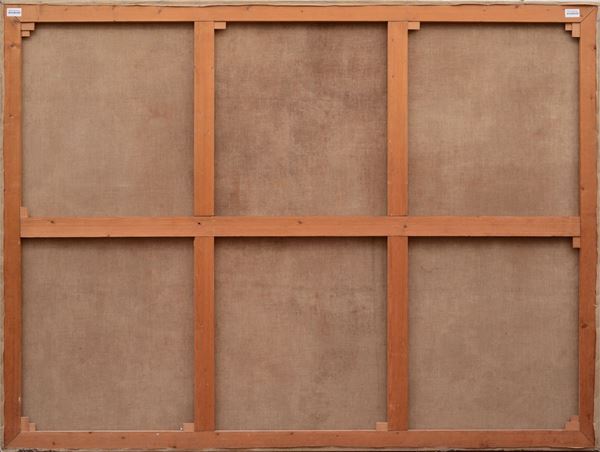Donato Arsenio Mascagni detto Frà Arsenio (Firenze, 1570 - 1637)
Job on the dunghill
The work can be traced back on a stylistic basis to the hand of the Florentine painter Donato Mascagni (c. 1570 - 1637). Trained in the workshop of Jacopo Ligozzi, where he was placed as a child, he collaborated on the decoration of the Uffizi Tribune (1584) and on the commissions for the entry into Florence of the Grand Duchess Cristina of Lorraine (1588-89), as well as on the painting of the large paintings on the blackboard of the Salone dei Cinquecento in Palazzo Vecchio depicting the Embassy of Boniface VIII and the Coronation of Cosimo I, Grand Duke of Tuscany. The enrollment in the Accademia del Disegno dates back to 1593, which marks the start of an autonomous artistic activity. The first important assignment entrusted to him concerns the execution of the paintings for the Camaldolese monastery of Volterra, commissioned between 1595 and 1599 by Abbot Crisostomo Ticci. These include the cycle of frescoes with stories of saints in the refectory, which also housed the large canvas with the Wedding at Cana now located in the city council hall; the Nativity of the Virgin from 1599, today in the Pinacoteca of Volterra; and a Job on the dunghill, dated 1595, remembered by Filippo Baldinucci and Cinci as "a miracle of art". The painting, currently preserved in the Palazzo dei Priori, was painted for the neighborhood of Abbot Ticci.
Lucilla Conigliello.
< /p>




